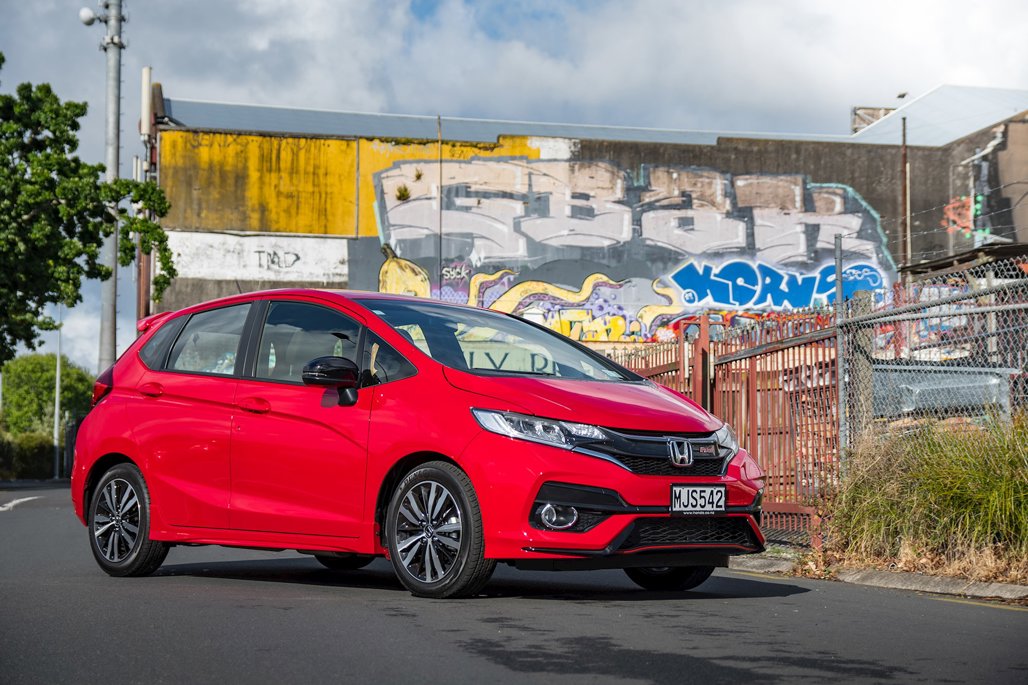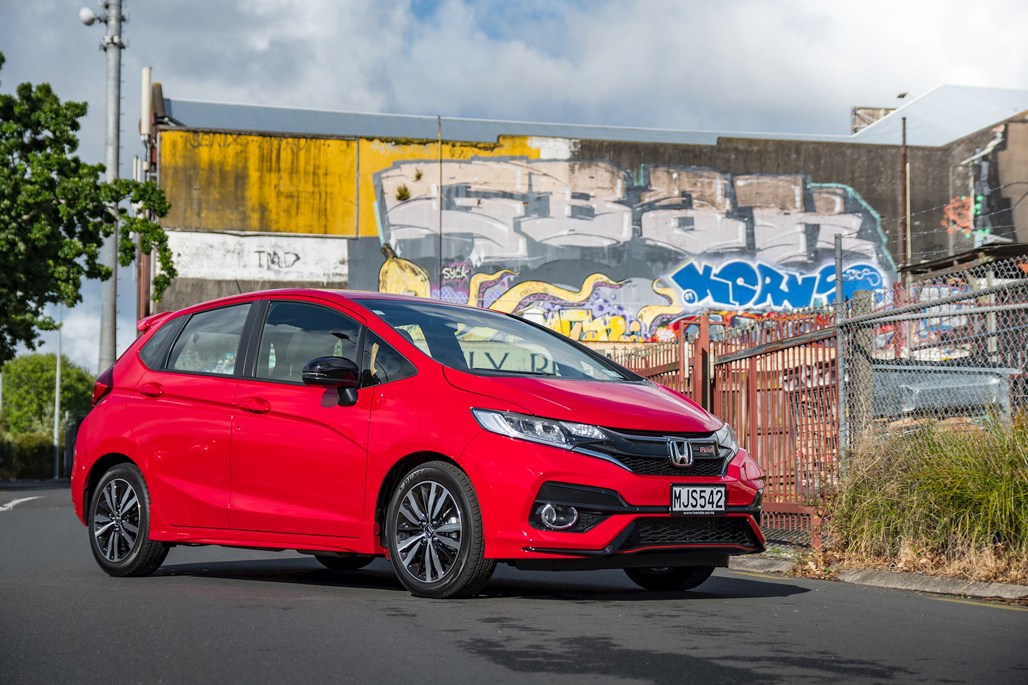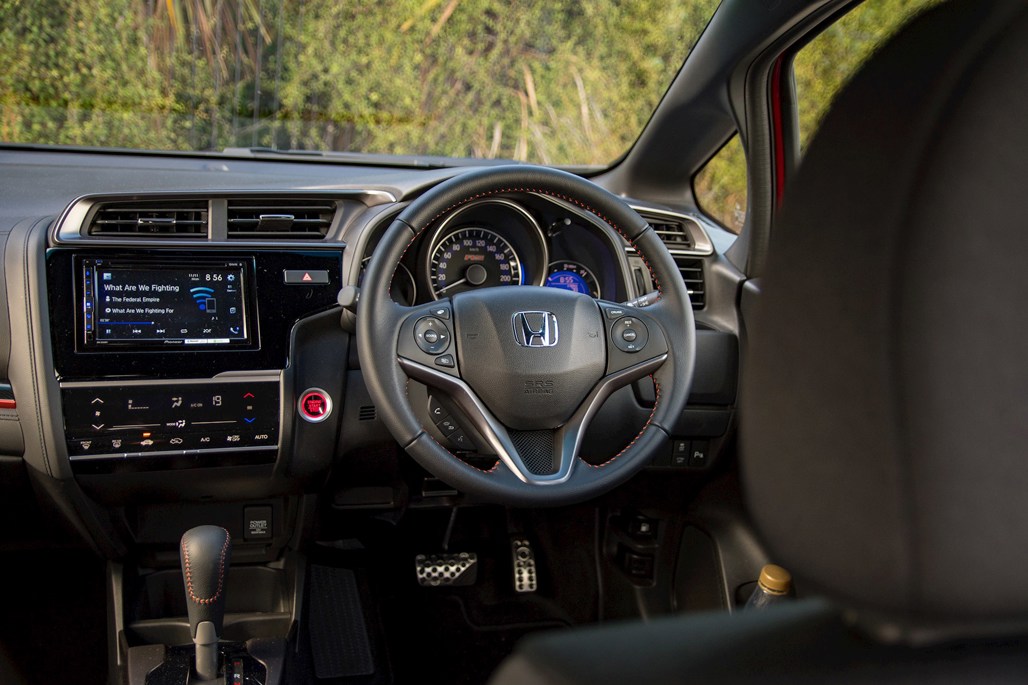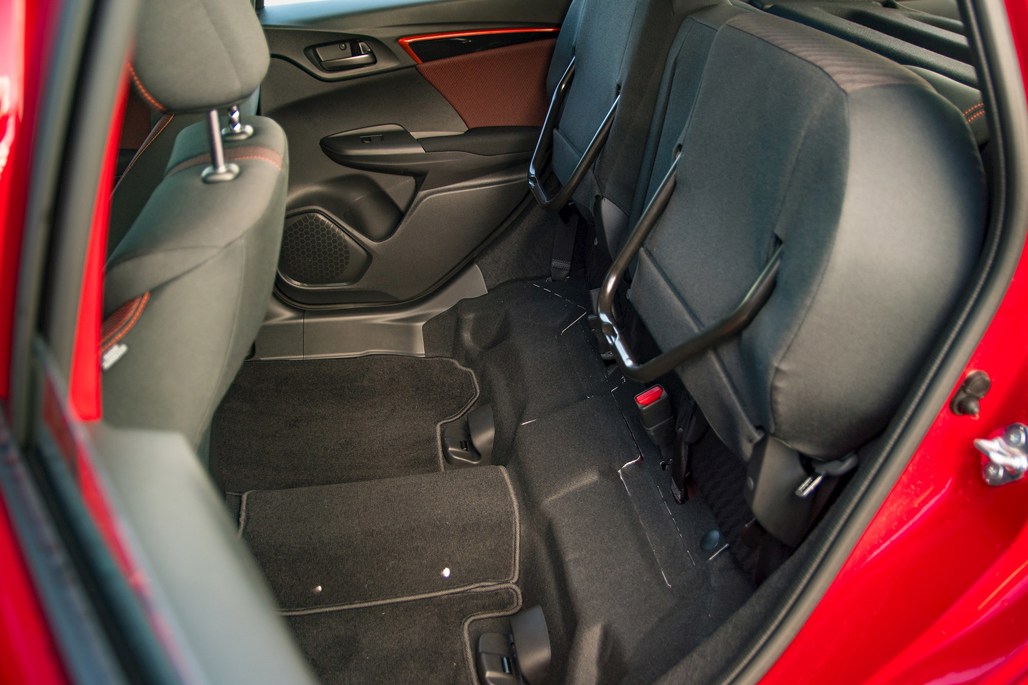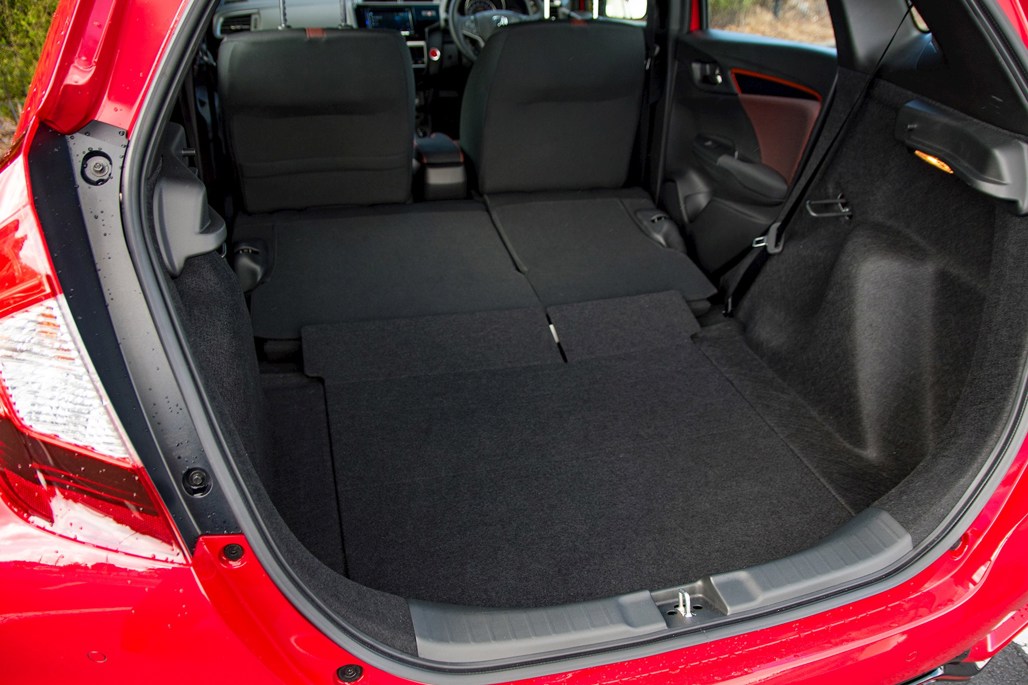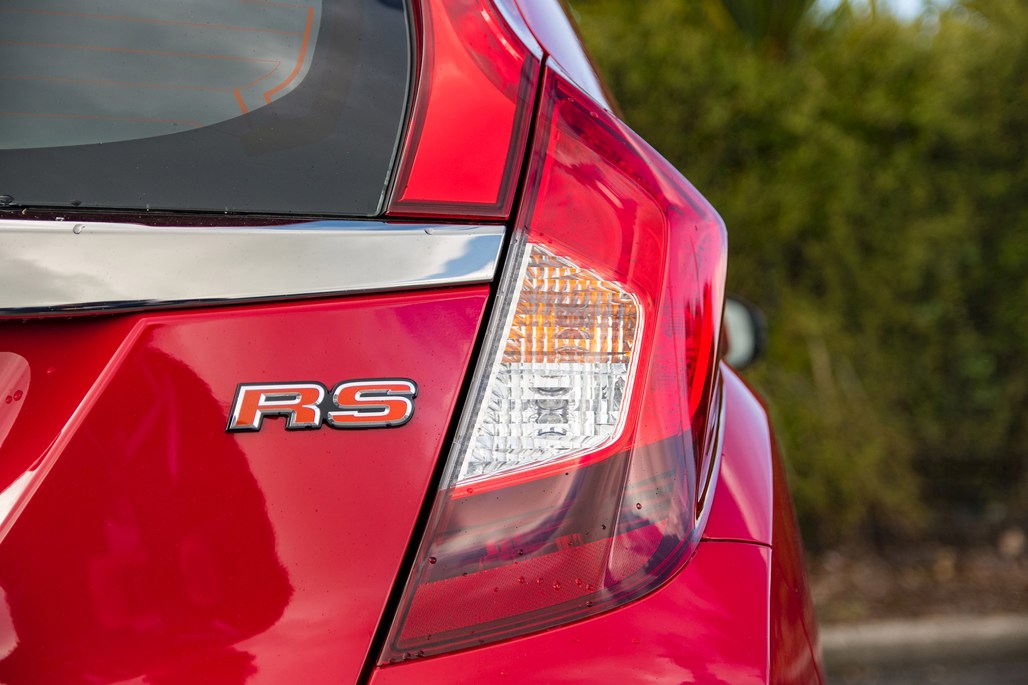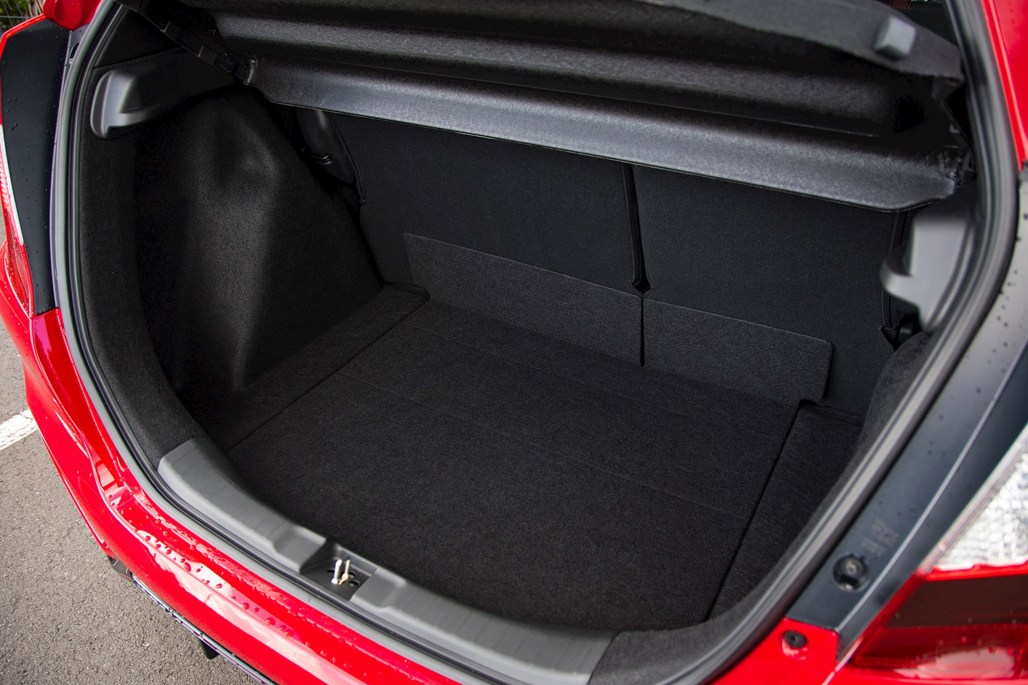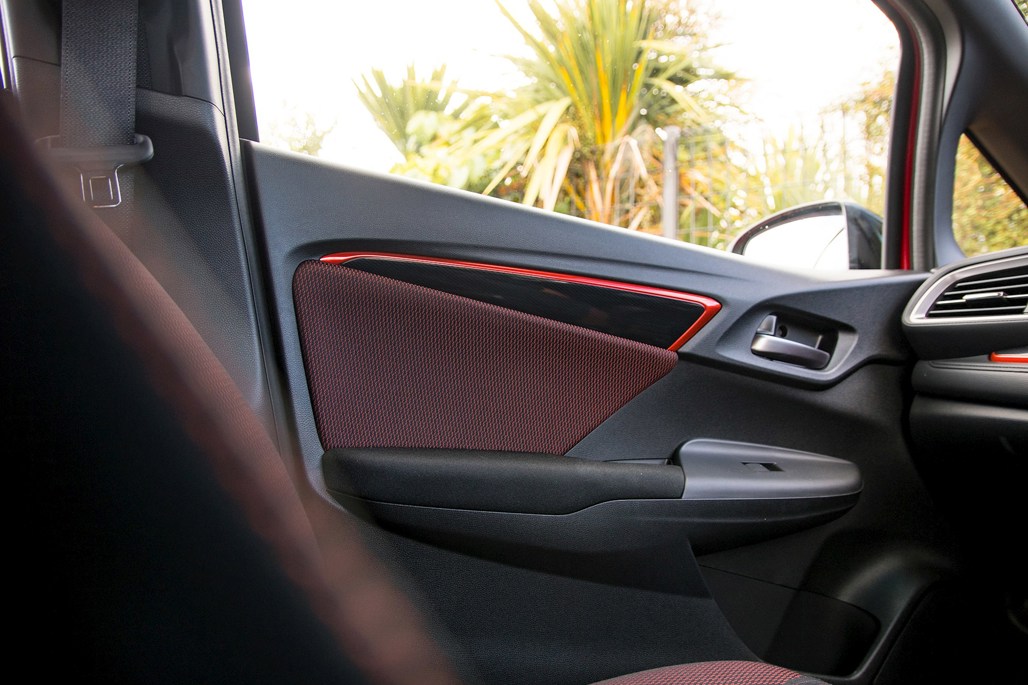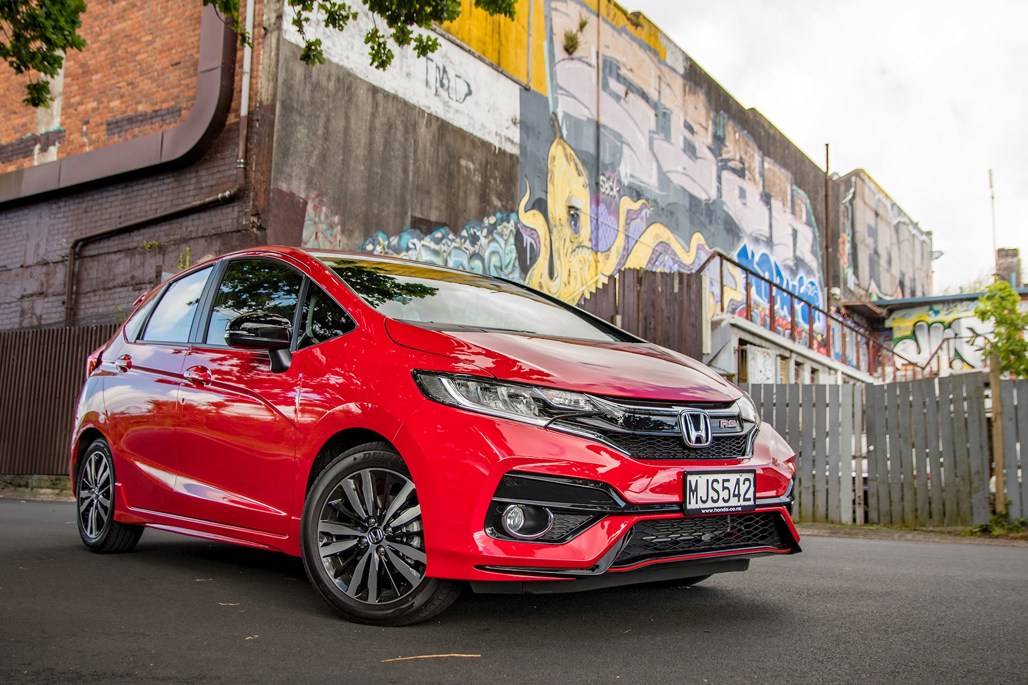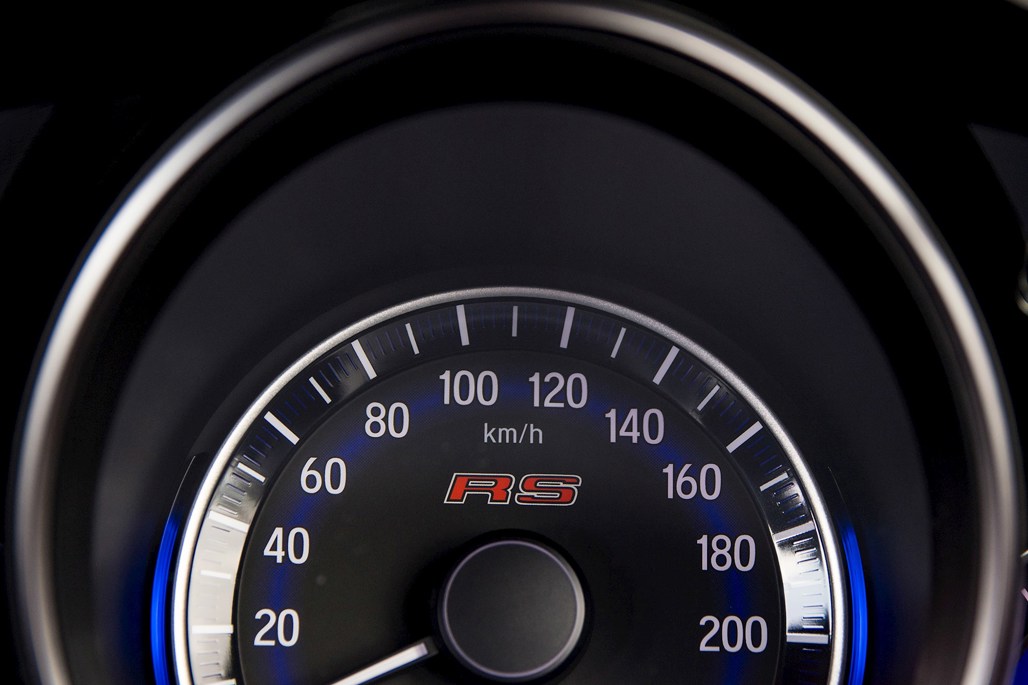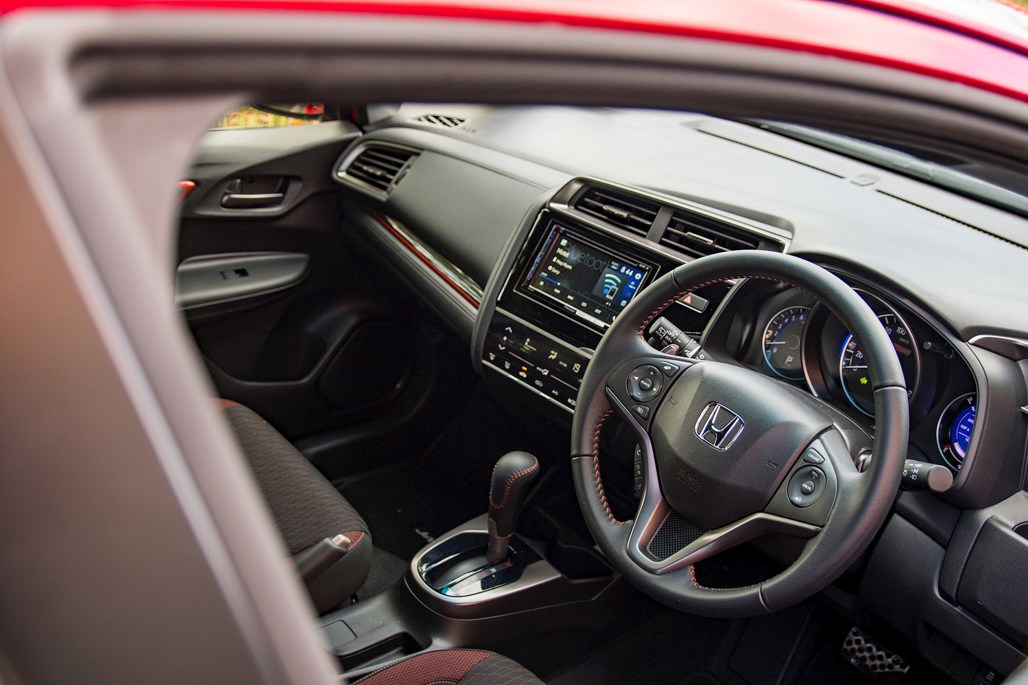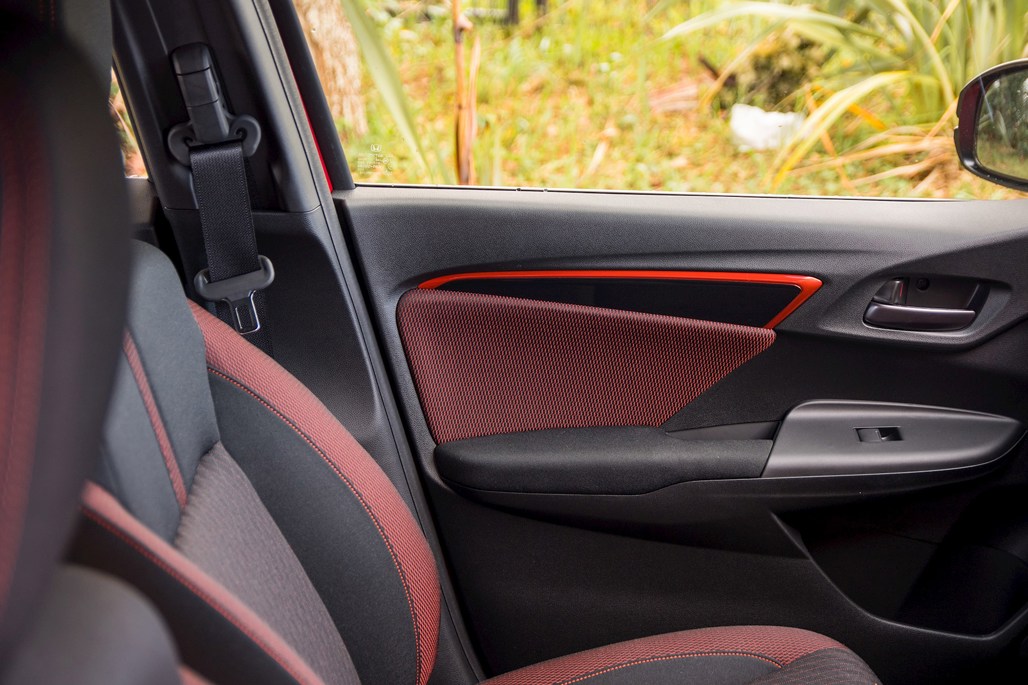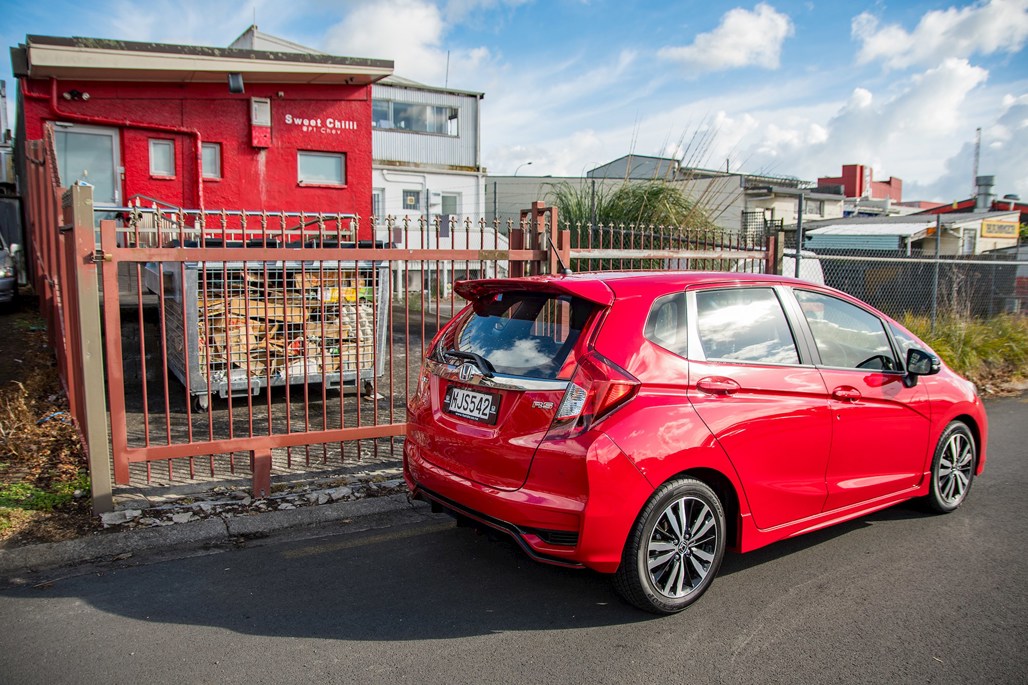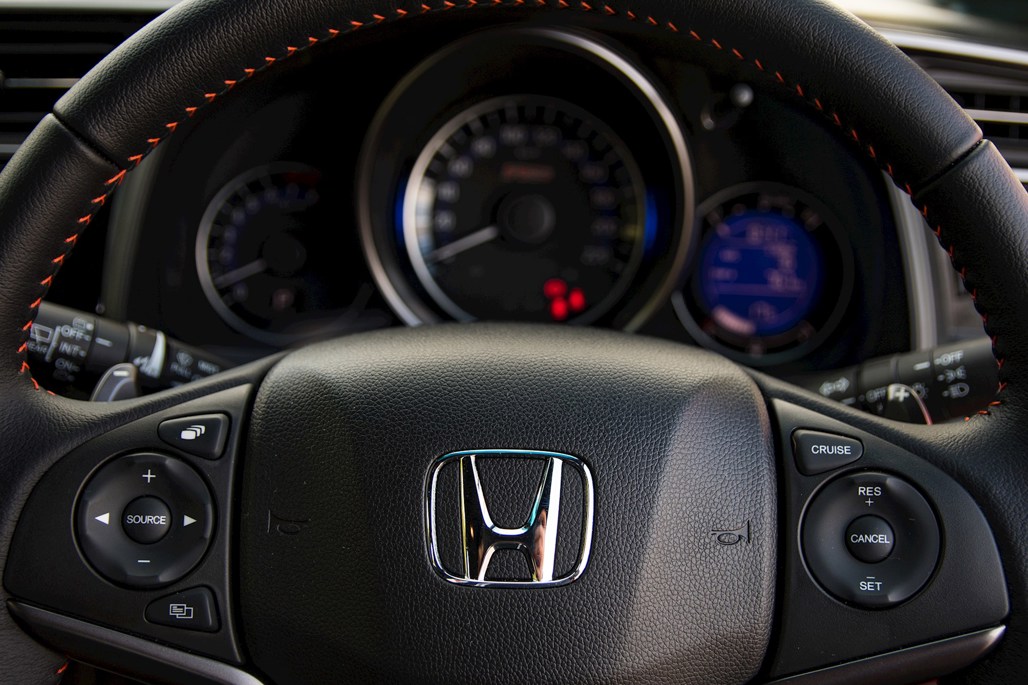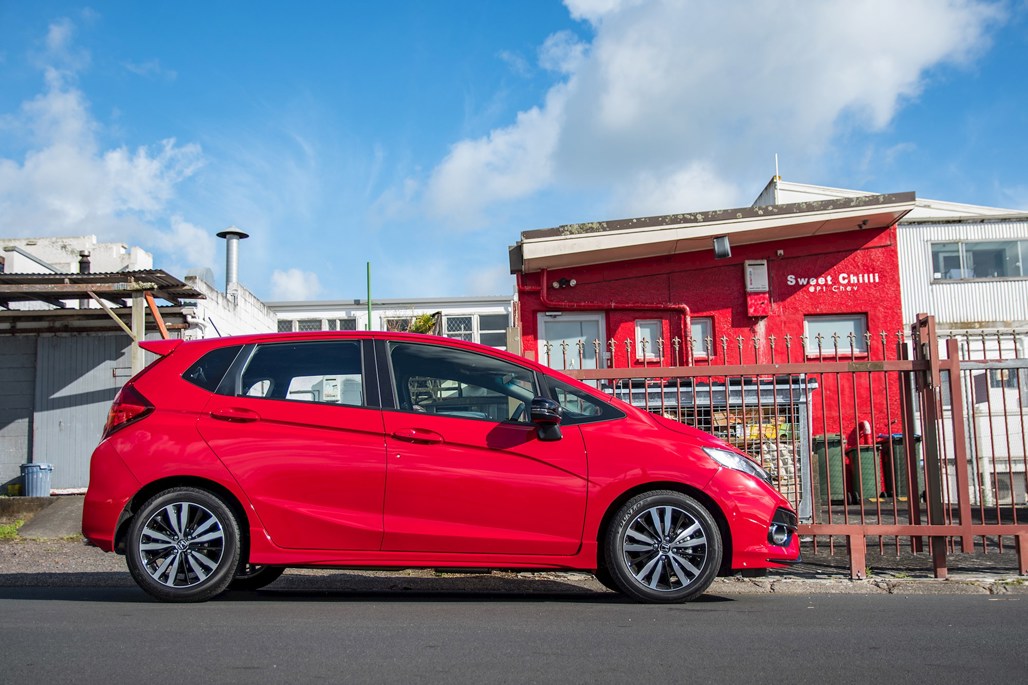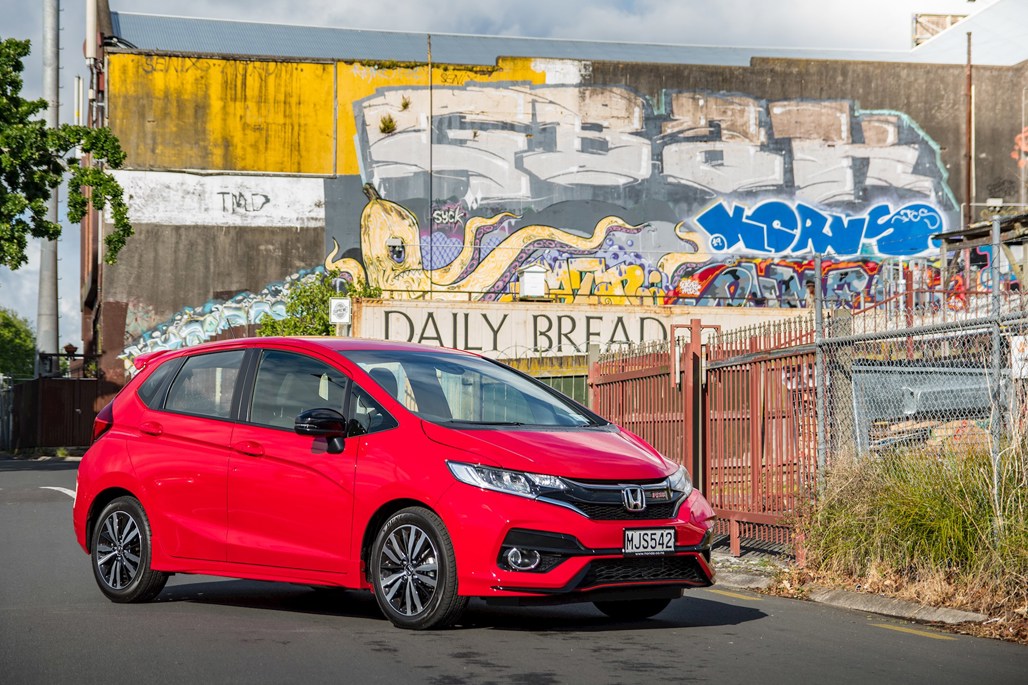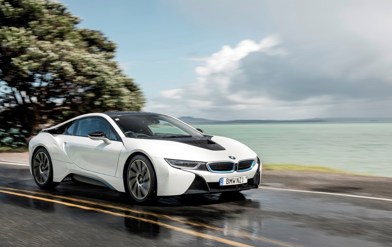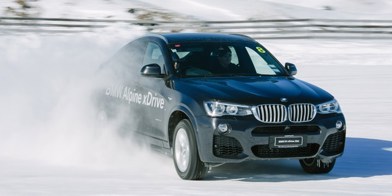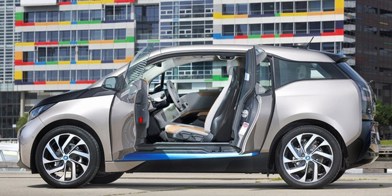The ever present Honda Jazz has always been a popular kid in the sub-compact classroom, but it's hard to ignore that its rival set is evolving at a rapid rate.
The latest generation Suzuki Swift is built on a much newer set of bones (and is fresh from winning another AA Driven Car of the Year category gong). An all-new Toyota Yaris is landing on our shores next year. The Kia Rio (and its little cousin, the Picanto) are impressive pieces of kit packed with tech. And the handsome Mazda2 just inherited G-Vectoring Control, standard AEB, and more with its latest update.
But, the Jazz still retains a loyal fan base. And, having recently sampled the updated Jazz RS, it's clear to see why.
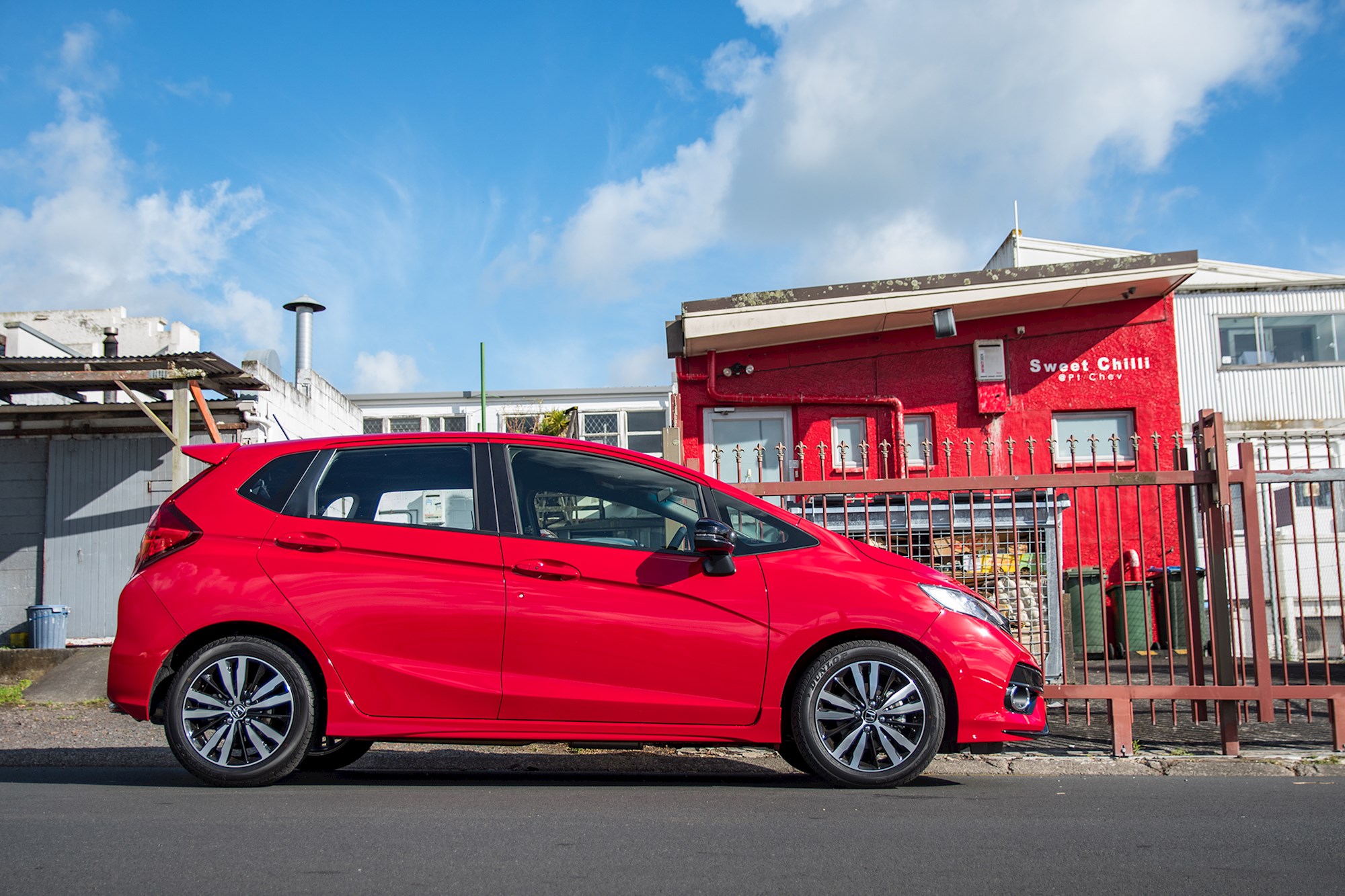
Yes, you read that right. This Jazz, looking much like the last one, represents an update. The changes are mild, but well warranted.
At its core it's mainly a tech and spec update. Entry-level models — priced from $22,990 plus on-roads — come with Hill Start Assist, Emergency Brake Assist (fully blown Autonomous Emergency Braking is sadly absent), and most importantly of all a new touchscreen infotainment system.
Read more: Underrated and overlooked? 2019 Honda Civic RS Sedan gets tested
This is the jewel in the crown of the 2020 Jazz update; a touchscreen that aims to make good for the infotainment sins of the past. Sized either as a 6.2in or 6.8in system depending on the model you select, the Pioneer-sourced unit sports a reverse camera, voice control, and Apple CarPlay as standard. Its layout and look is more modern than systems of old and (thank heavens) it also brings back a row of physical buttons to replace the gimmicky touch-based interface on the last model.
Yup, the little screen packs a few big wins. But it's not necessarily all good news.
Those physical buttons, while welcomed, feature the same issue as what we observed in our HR-V Limited tester a few months ago. The buttons are difficult to locate and use, particularly while driving. A volume knob would do the job much better, and simplify the remainder of the button layout in the process.
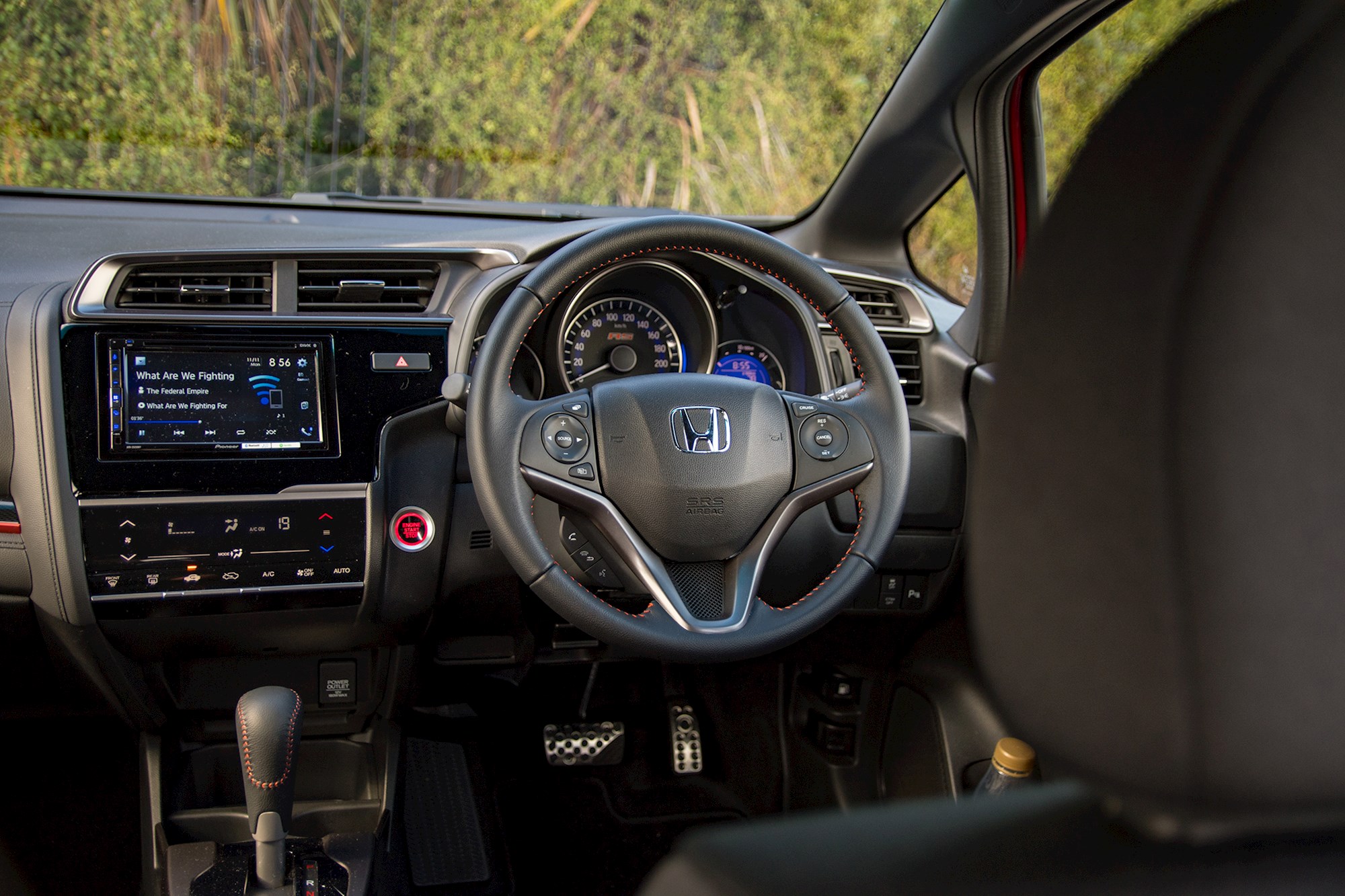
The menu structure meanwhile is inoffensive enough, but struggles to shake the feeling of being a system picked off the shelf at the local car audio shop. Our tester's reverse camera was unfortunately not mounted straight. And, those who have an Android device better have some spare coins in the couch because only the models fitted with the 6.8in system (Jazz RS and above) get Android Auto.
The rest of our Jazz's cabin reveals the other notable 2020 update — splashes of orange. Each model from the RS above this dosage of visual Vitamin C. The addition might sound a little corny (or fruity?) on paper, but it does the trick in revamping a relatively dark cabin.
Orange stitching proudly frames the leather-wrapped steering wheel and gear-knob, plastic highlights feature on the door cards and passenger-side dash, and patches of cross-hatched orange fabric on the seats and doors weave it all together.
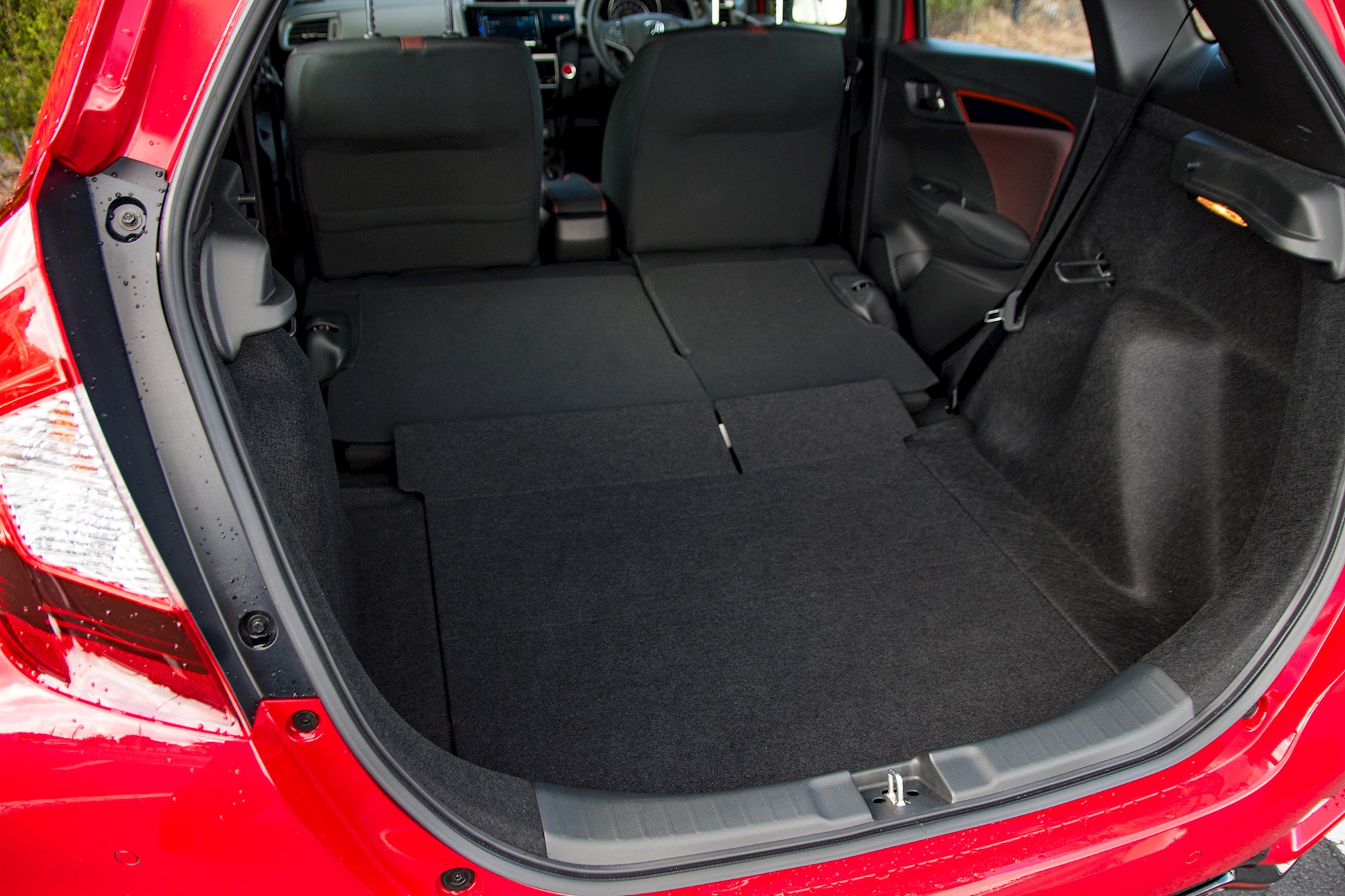
Of course, it's impossible to talk about the Jazz's cabin without mentioning practicality.
This is the one arena where the Jazz continues to undeniably lead the pack. Headroom and legroom for rear passengers is excellent for this segment — as is storage capacity. Boot space is ordinarily rated at 363L in the entry-level S trim, and when the 60/40-split rear seats are folded flat that expands to an exceptional 1323L. The premium audio system means volume sits at a still formidable 359L/1319L in this RS.
Not only do those figures pulverize the likes of the Swift, but it positions the Jazz hot on the heels of many Corolla-sized hatchbacks and compact SUVs (plus the odd mid-sizer). It compares handsomely to the 393L/1323L Mitsubishi ASX, 361L/1143L Hyundai Kona, and 565L/945L Nissan X-Trail to name a random few.
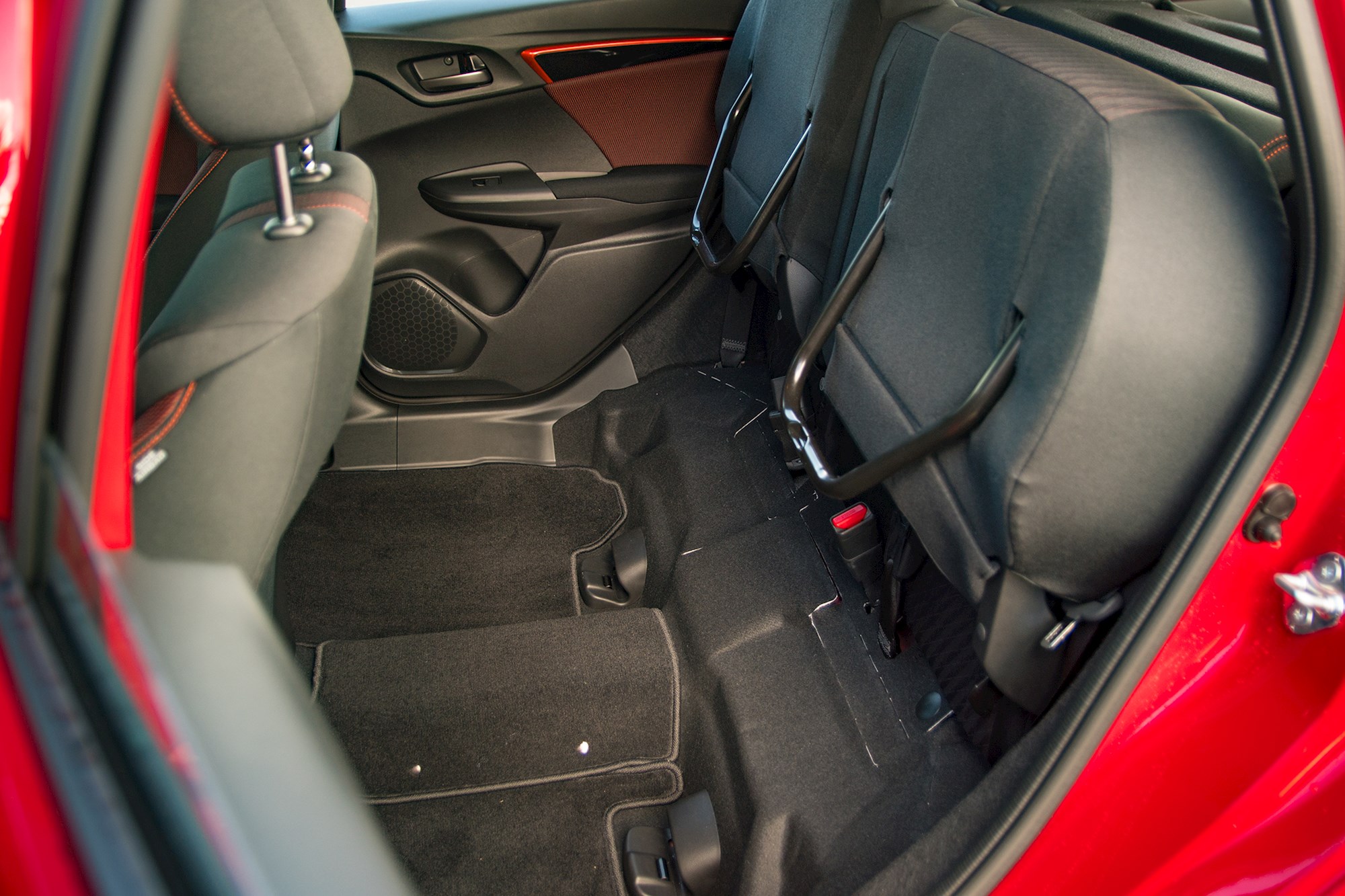
It's not just about digits on a screen, either. That space is usable with the Jazz in a way that many other hatchbacks and SUVs can only dream of. And most of this centers (you guessed it) around those 'Magic Seats'.
When folded downwards they sit flat, meaning no awkward 'step' in the middle of the boot for large loads. It's the marvel of folding them upwards that continues to give the Jazz a practicality edge. The system is simple, the mechanism is light on the biceps, and the result leaves a giant, tall space behind that's perfect for all sorts of weirdly shaped items. From big televisions to pot plants to bikes.
It's a nice welcome reminder that hatchbacks still have a heap to offer in today's climate, particularly among those buying into the SUV dream for 'extra practicality' that — in many cases — simply isn't there.
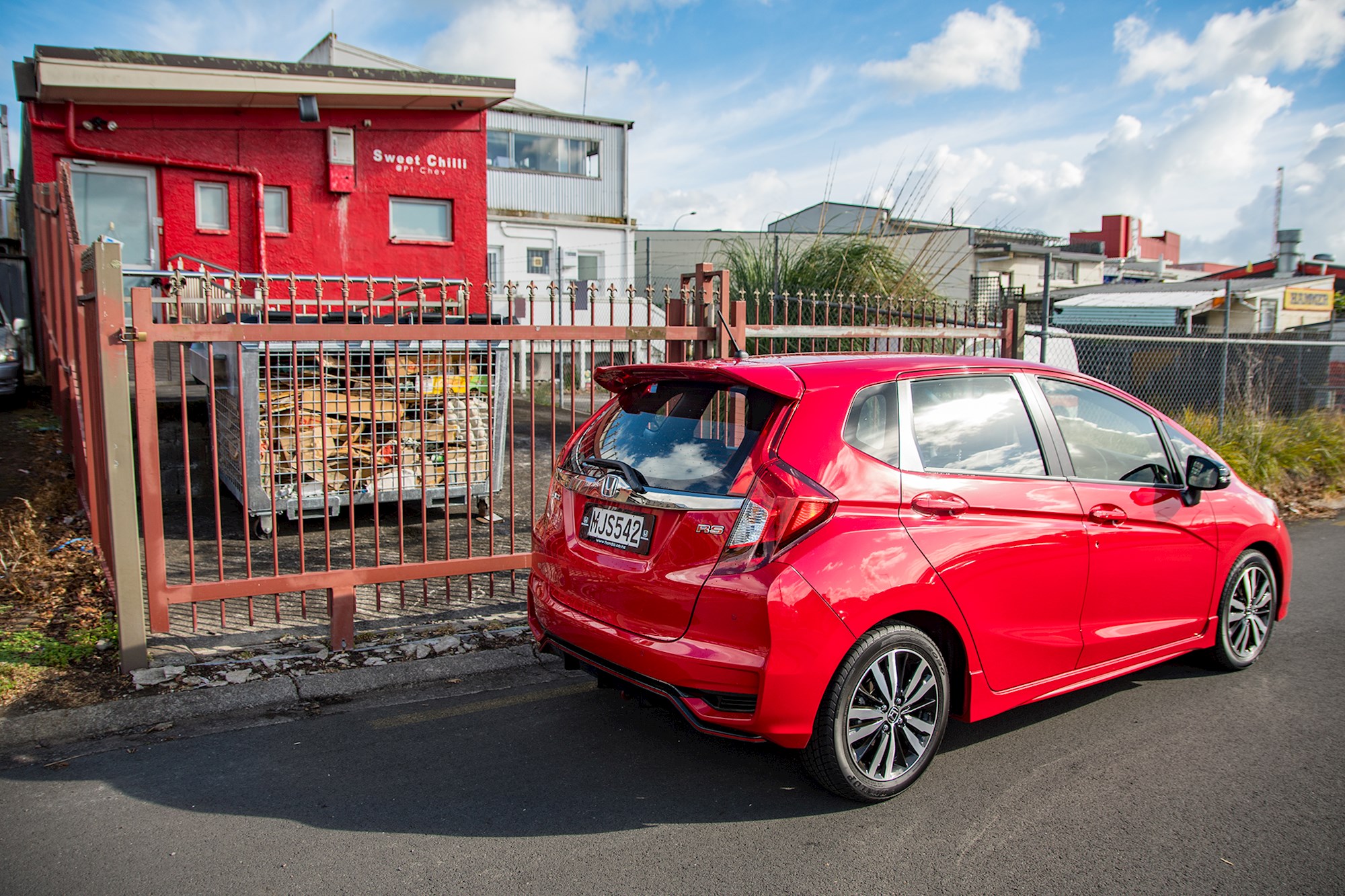
Combining that impeccable practicality, sensible pricing, and Honda's reputation for dependability makes the Jazz undeniably attractive on paper. But, as we mentioned at the top of the show, it's still a platform that's longer in the tooth than most rivals. And in this regard the driving experience is somewhat revealing.
Handling thankfully remains a Jazz stronghold. Relatively eager steering and wide expanses of front and rear visibility give the driver plenty of confidence, which in turn is rewarded by excellent predictability and mid-corner adjustment capabilities. Push the envelope a little hard and there's understeer to be hand, but correcting yourself is never more than a little feather of the throttle away.
The RS comes with the added bonus of re-calibrated steering and sports suspension, which it uses to good effect without compromising ride quality. It remains one of the best steers in the biz, perhaps only bettered by the Swift.
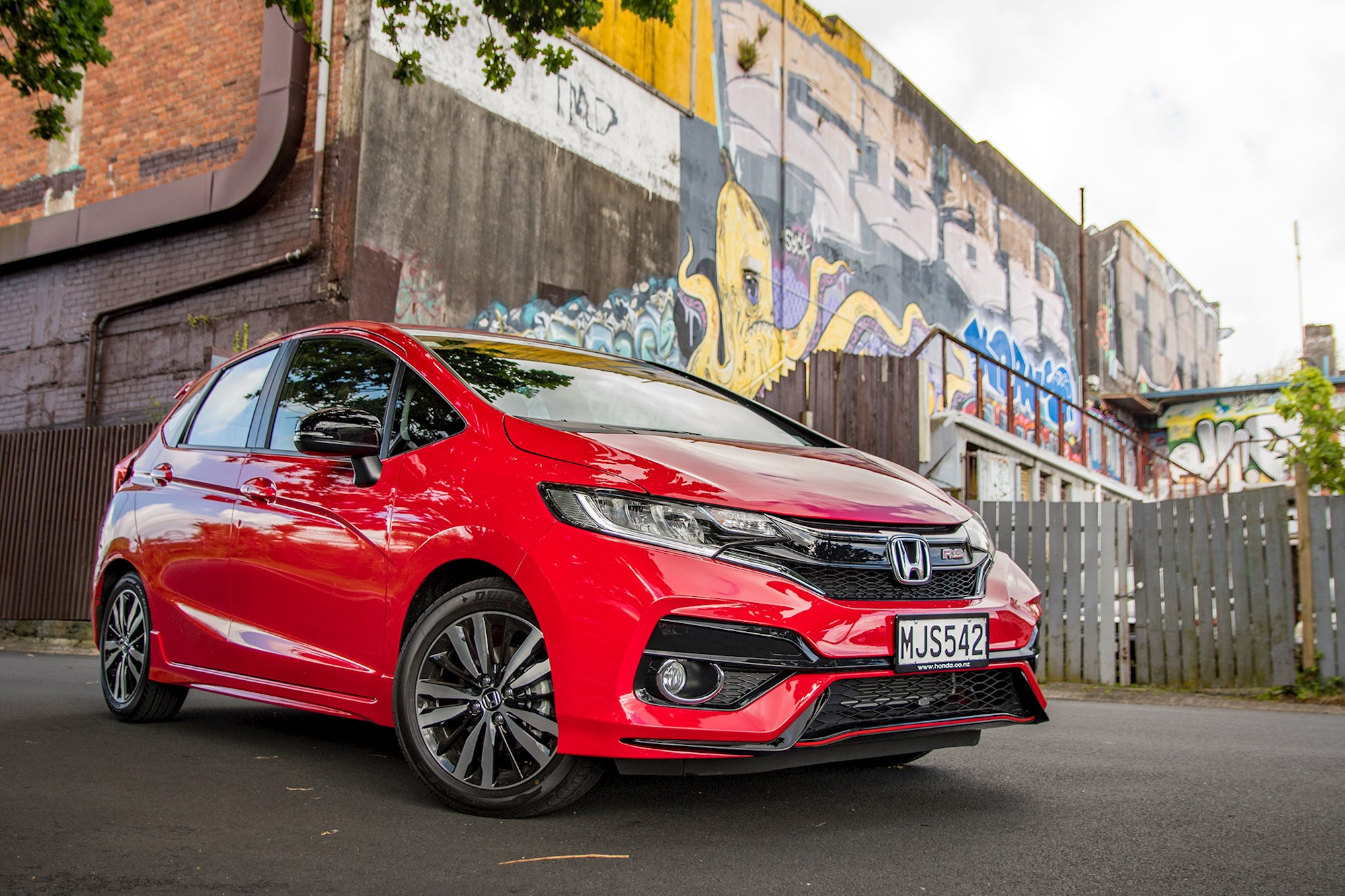
Where things sour is with the Jazz's engine and CVT transmission. While entry-level S models cop a naturally aspirated 1.3-litre petrol Atkinson Cycle four-popper making a weedy 73kW/97Nm, this RS gets a 1.5-litre DOHC i-VTEC that makes a more pleasing 119kW/155Nm. That's a healthy 27kW growth over the last Jazz RS, which is undoubtedly welcomed. In a car this small, 119kW is plenty.
Unfortunately, the engine is also unrefined and coarse. I like the sound of a naturally aspirated four-cylinder as much as the next guy or gal, but the sound generated here is relatively loud and unrefined.
It seems the best way to cure this ailment is to opt for the 6-speed manual Jazz RS alternative. Driven's Paul Owen adored the slick 6-speed when he tested the outgoing Jazz RS manual late last year. Apart from the extra engagement, the presence of a manual also means that drivers can short-shift there way out of jarring high-rpm noise. The Jazz's wandering CVT, on the other hand, gives your eardrums no choice.
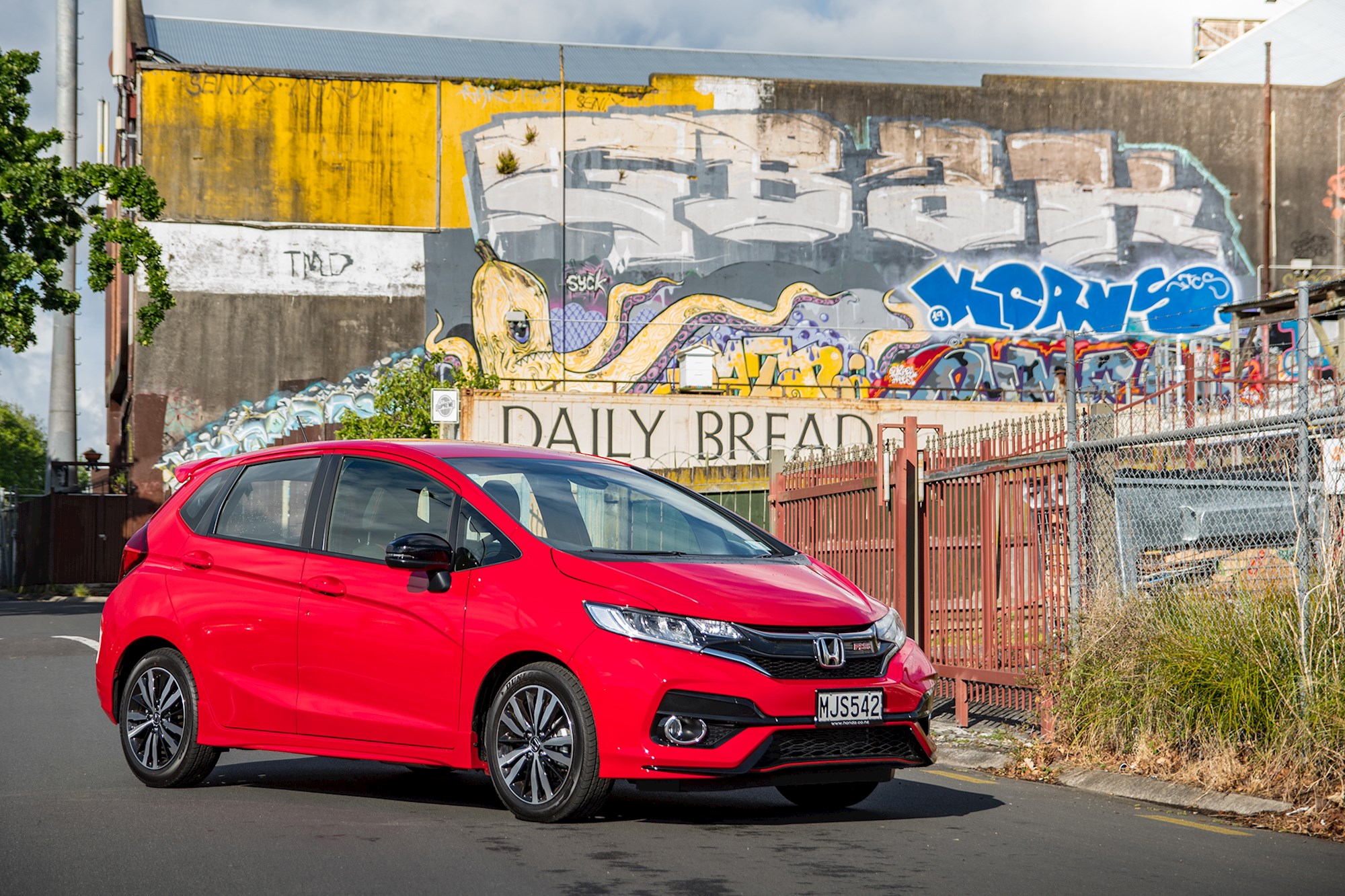
But, none of these is something you'd label a significant flaw. The Jazz remains a solid, well rounded hatch with incredible practicality potential and a keen eye for apexes.
The elephant in the room with this update is that it comes just after Honda unveiled an all-new Jazz for the Japanese market. It's yet to be confirmed for the New Zealand market, which is somewhat worrying given the recent passing of the the Jazz's rivals from Holden (the Barina) and Ford (the Fiesta, which will now on only hit our shores in ST form).
Hopefully this refresh is simply business as usual — a mild quencher to keep us entertained ahead of a new model in 2021 — and not a farewell. It's too good a car for such a fate.
To view Honda Jazz vehicles listed for sale on Driven, click here
